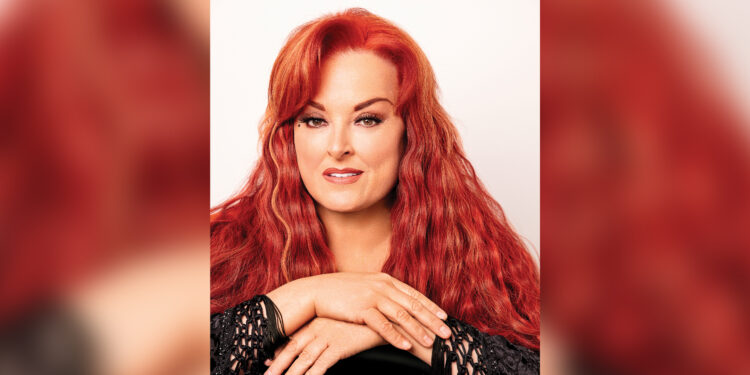Returns to Kentucky roots with headlining performance at ROMP
Photo provided by Wasserman Music
Wynonna Judd announced via Instagram on March 10 that she’ll be hitting the road this summer for her “Greatest Hits” tour — a celebration of fan favorites spanning her decades-long career. The setlist is expected to feature her solo hits alongside classics from her years as a duo with her mother Noami, with songs such as “Love Can Build a Bridge,” “I Know Where I’m Going,” and “Mama He’s Crazy.”
The tour kicks off in June and wraps in September, with stops across the U.S. and Canada.
“I continue to marvel at the fact that I still get to do what I love, after all these years,” Judd said in her post.
But a closer look at her official website reveals something curious: While her headlining spot at Owensboro’s ROMP Festival is listed on her tour calendar, it wasn’t mentioned in her official Greatest Hits Tour announcement.
That begs the question: Will Wynonna stick with her Greatest Hits tour setlist for her ROMP appearance — or will she break from the tour routine and dig deeper into her bluegrass and Appalachian musical roots for some ROMP crowd-pleasers?
Maybe it’ll be a mix of both. Perhaps she’ll reimagine some of her signature songs with mountain-folk stylings fit for the ROMP crowd.
Wynonna will be the next in a long line of A-List country stars to headline ROMP, joining the likes of Marty Stuart, Merle Haggard, Ricky Skaggs, and Dierks Bentley. Those guys all flexed their bluegrass muscles on the ROMP stage, so based on that precedent, the Kentucky-born songstress certainly has the potential to let her bluegrass DNA show loud and proud on ROMP’s main stage.
Early Years
Growing up in the heart of Appalachia in Eastern Kentucky, Wynonna was naturally exposed to bluegrass, gospel, and traditional mountain music. She had a love for the acoustic sounds of guitar and fiddle and took to singing harmonies with Noami early on. Those musical traditions clearly influenced The Judds’ sound as they topped the country charts in the 1980s with songs that prominently featured acoustic guitar, fiddle, mandolin, and tight harmonies — all of which are bluegrass hallmarks.
The Kentucky Music Hall of Fame, which inducted The Judds in 2006, noted the duo’s remarkable run of 14 No. 1 singles between 1984 and 1989 — making them one of the most successful country acts of the decade. But as the ’90s rolled around, Wynonna was ready to branch out on her own.
Going Solo
Not long after Wynonna’s breakout, self-titled solo album was released in 1992, Naomi announced that she had been diagnosed with hepatitis C, a chronic and life-threatening illness that she had likely contracted from a needle during her days as a nurse before their recording career took off.
Over the next decade, Wynonna’s solo career took off with a string of hits such as “No One Else On Earth,” “Tell Me Why,” “She Is His Only Need,” “Girls With Guitars,” and “I Saw The Light (In your Window Tonight).” Rolling Stone described her as “the greatest female country singer since Patsy Cline.”
‘Broken and Blessed’
After taking a break from the limelight and releasing a memoir in 2007, Wynonna signed to an independent label in 2019 and began releasing music on her own terms. Since returning to the road post-COVID, she’s embraced a renaissance season in her career — openly discussing her health journey, new role as a grandmother, and efforts to prioritize mental well-being following Naomi’s tragic passing in 2022.
Wynonna’s 2024 release “Broken and Blessed” describes the phase of her life: grieving the tragic loss of her mother yet living and moving forward. The yin and yang is written right there in the lines “somewhere between survival and revival” in verse two and “somewhere in between hell and hallelujah” in verse three.
“I’ve been poor and happy, and I’ve been rich and unhappy,” she told Yahoo Entertainment’s Lindsey Parker in 2024. “And I know the difference is me. My peace begins with me. I remind myself that every day. There are some days I don’t want to get out of bed. But then I have to be on the tour bus … so I tell myself to get up and get to work.”
She now confidently embraces both her pain and her purpose, which is what it always has been: to sing. OL










